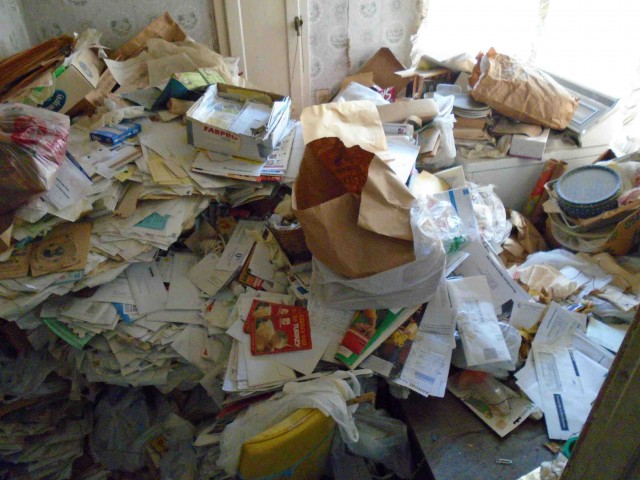
by Alan Cohen | Oct 9, 2016 | Articles about cleanup, Call for Answers, Hoarding
Hoarding clean up is a difficult task on many levels and each case is unique. In most cases, there are biohazards lurking in unexpected places in the home and it is important that a licensed professional is called out for extreme hoarding cases. Bio So Cal is the... by Alan Cohen | Jan 11, 2016 | Call for Answers, Hoarding, Homeless
Bio SoCal helps people in great times of despair. When we clean out hoarded homes we find a significant amount of new clothing and with the permission of the client we collect and donate. Last night I decided to take all of the warm winter jackets and drive around... by Alan Cohen | May 11, 2015 | Call for Answers, Hoarding
Hoarding is a psychological condition that results in a person accumulating an enormous amount of trash and things of little-to-no value, or worse, more animals than can be properly cared for. Hoarding of any kind can pose several dangers to the occupant and... by Alan Cohen | Apr 9, 2015 | Hoarding
On April 5, 2015, it was reported that a mummified body of a 90-year old woman was found in a home, and it is believed she died 5 years ago. The San Francisco home was full of detritus, from top to bottom, including over 300 bottles of urine, animal remains and feces... by Alan Cohen | Apr 9, 2015 | Hoarding
According to the American Psychiatric Association, hoarding disorder is when a person obsessively collects and keeps an enormous amount of items that most people would consider worthless or trash. It affects an estimated 2% – 5% of the population, and may be...

